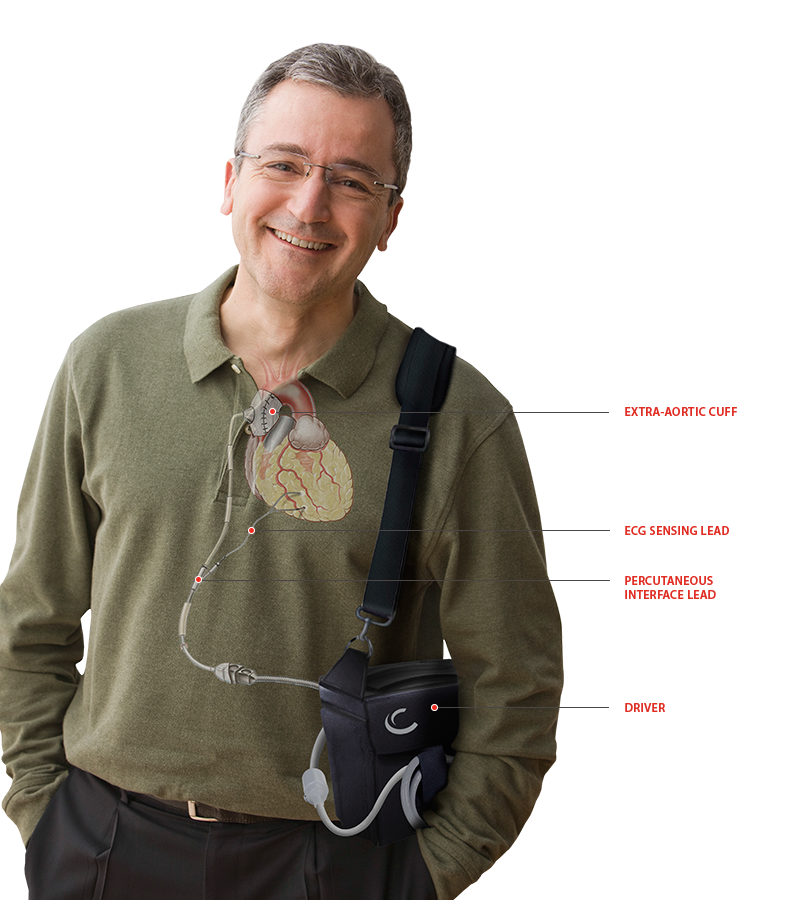Sunshine Heart, Inc., a company that develops medical devices to aid in cardiac muscle related complications, recently announced a new collaboration with Dr. Mark Slaughter and the University of Louisville to study the impact of its novel C-Pulse technology on pulmonary circulation in the right heart. The research could lead to a new medical device to specifically treat pulmonary arterial hypertension.
The C-Pulse system, also known as the C-Pulse Heart Assist System, uses the principles of intra-aortic balloon counter-pulsation applied in an extra-aortic approach, which helps the left ventricle pump blood throughout the body, reducing its workload while simultaneously increasing blood flow through the coronary arteries. These effects when combined might be effective in treating patients with pulmonary arterial hypertension (PAH) or congestive heart failure. In fact, it also has the potential to reverse these conditions so as to minimize or completely prevent the future use of heart failure devices, such as left ventricular assist devices (LVADs) and artificial hearts or transplants. The device may even relieve symptoms of Class III and ambulatory Class IV heart failure, improving quality of life and cardiac function.
Pulmonary arterial hypertension (PAH) is a debilitating disease characterized by progressive increases in pulmonary vascular resistance accompanied by loss of elasticity of the pulmonary artery and larger cardiac blood vessels. Patients with PAH suffer from poor quality of life, shortness of breath and greatly reduced functional capacity, leading to a dysfunctional right ventricle and eventually, right heart failure. PAH afflicts approximately 200,000 patients worldwide and is a significant burden on healthcare systems and patients, with limited treatment options available and 5 year survival rates as low as 34%. Failure of the right side of the heart often leads to permanent damage to the left side as well, which is why it remains a threat to patients with left ventricular assist devices.
These unmet medical needs are the impetus behind Sunshine Heart’s new research collaboration, which will seek to assess the efficacy of applying the C-Pulse Heart Assist’s counterpulsation to the pulmonary artery in acute and chronic cardiac stress conditions. Biochemical, neurohormonal and pressure-volume data will be the primary parameters used to assess the effects of C-Pulse on pulmonary circulation and right and left heart properties.
Another possible benefit that could develop from the success of this study is that a fully implantable C-Pulse system might be able to provide therapeutic options in the HFpEF (heart failure or preserved ejection fraction heart failure) population with PAH where there are currently no approved treatments.

